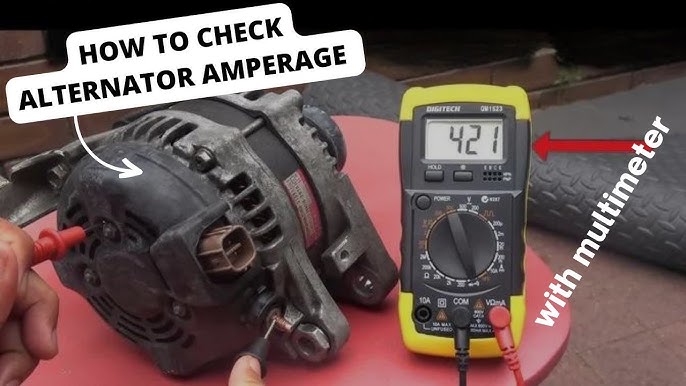Locating your vehicle's alternator amperage via the VIN (Vehicle Identification Number) provides precise specifications. Follow this methodical approach:
Understanding VIN Limitations
The VIN itself doesn't directly encode alternator amperage. It serves as a key to access manufacturer-specific build data, which includes electrical specifications.
Step-by-Step Identification Process
- Locate the VIN: Find the 17-character VIN on the driver's side dashboard (visible through the windshield), door jamb sticker, or registration documents.
- Access Decoding Resources:
- Manufacturer Websites: Navigate to the official parts section of your automaker's website. Input your VIN to view the original equipment specifications.
- Dealership Parts Department: Provide your VIN for an exact alternator specification lookup using their manufacturer-specific databases.
- Review Service Documents: Factory repair manuals (accessible digitally or through subscription services) list alternator ratings indexed by VIN-derived model/trim codes.
Alternative Identification Methods
When VIN lookup isn't feasible:

- Alternator Label: Visually inspect the installed alternator. Original units typically display rated amperage (e.g., "140A," "220A") on a metal identification tag.
- Parts Retailer Lookup: Auto part stores cross-reference your vehicle's year, make, model, and engine size to determine compatible alternator amperage.
Important Considerations
- Factory-Installed vs. Aftermarket: VIN lookup reveals the originally installed specification. Replacement units may differ in amperage.
- Electrical Load Verification: Aftermarket modifications (high-power audio systems, auxiliary lighting) may necessitate an alternator upgrade beyond OEM specifications.
Key VIN Characters
Though VIN doesn't store amperage directly, critical positions inform electrical system parameters:
- 8th Character: Often denotes engine code, indirectly influencing alternator sizing.
- 4th-8th Characters: Specify model/trim features impacting electrical load capacity.
